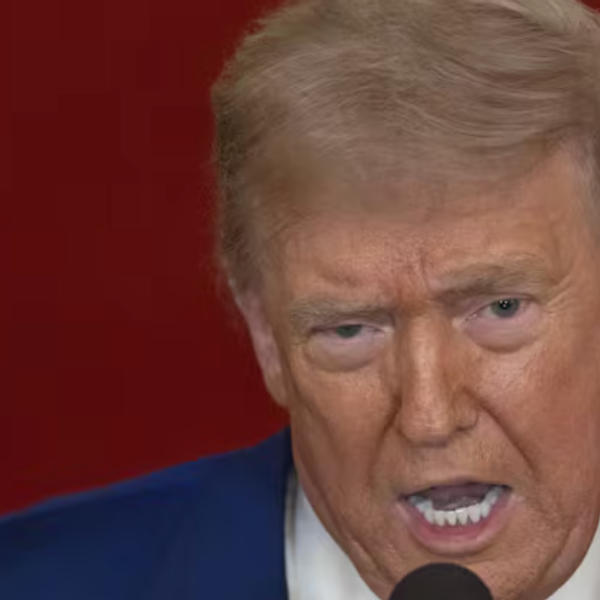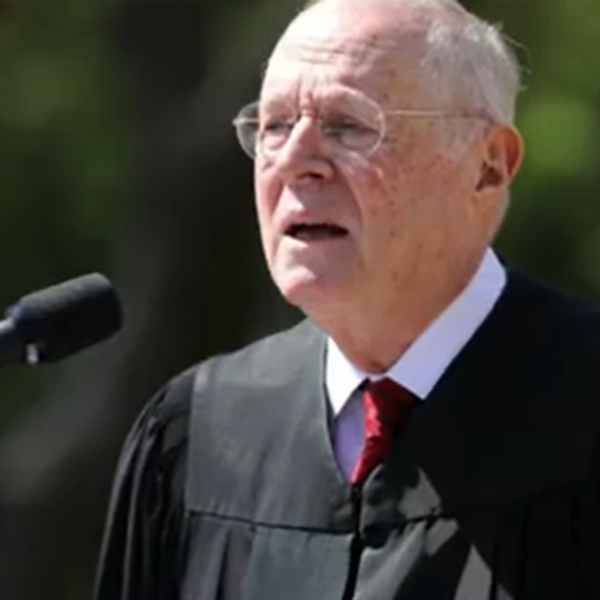News that Doug Elmendorf will not be appointed to another term as head of the Congressional Budget Office bodes ill for future budget policy discussions.
The CBO is the official non-partisan scorekeeper for all things budgetary. The soon-to-be outgoing chief of that crucial office is held in high esteem by both parties for his fair-minded neutrality.
On occasion, Elmendorf has pleased the Democrats and frustrated the Republicans, but just as frequently the tables are turned.
The CBO’s analysis of the likely 10-year effects of the Affordable Care Act is a prime example. Democrats seized on the overall deficit savings from Obamacare that came from several cost-control measures in the Act and new taxes on “Cadillac” employer-provided insurance plans. For their part, Republicans got political talking points from the estimate that the workforce would shrink when middle-aged workers left jobs they held on to as the only way to maintain their health insurance.
No matter. The (D)s could trumpet the deficit cutting, and the (R)s could say it cost jobs.
Now, if the more aggressive members of the GOP get the kind of CBO head they want, one of the bedrock principles of CBO analyses these past several decades is likely to come to an end. The phrase we hear for the new policy is “dynamic scoring,” and it opens the door for the CBO to apply unproven — some say disproven — economic theories that favor Republican policy goals.
To be sure, even the current “rules” of CBO analyses are subject to partisan gaming. For example, when a bill increases deficits too much to be acceptable in the CBO’s standard 10-year analysis, the bills are often changed to make the expensive (but popular) aspects of the bill expire early. With a wink and a nudge, the bill’s sponsors figure that Congress will extend the popular but expensive features when they are up for expiration.
It can be so rote a change that we give names to them – like the “doc fix” for Medicare. Since 2003, the formula for Medicare spending increases has included a cut in reimbursement to doctors. And seventeen times over these past 11 years, Congress has reversed those cuts in short-term bills with the generic name “doc fix.” But the law that controls Medicare spending continues to be the law, so the CBO projects future deficits based on what is in place.
Another example was the automatic sunsetting of the tax cuts put into place in 2001 and 2003. When they were originally set to expire in 2010, the country was still suffering the after-effects of the 2008 recession, so most of the cuts stayed in place. In political speak, not extending all the cuts was labeled “raising taxes.”
The latter example is especially significant if the new head of the CBO uses the dynamic scoring that radicals like Rep. Paul Ryan (R-WI) want. According to the supply-side devotees that want the new method of scoring, tax cuts always spur additional economic growth, effectively growing our way out of the revenue shortfalls that are inevitable when tax rates are cut.
Remember the discussions before the 2001 and 2003 tax cuts became law? We were told that “deficits don’t matter,” and that the economy would grow so much that there would be huge revenue increases even at the drastically lower rates. It didn’t work out that way, and the final George W. Bush budget had a $1.3 trillion deficit even with the Afghanistan and Iraq wars “off budget,” rather than the zero deficit or surplus that supply-side economic theory had predicted.
In 2005, as the 2001 and 2003 tax cuts weren’t hitting the projected lowered deficits that their sponsors expected, some members of Congress thought they just hadn’t given the economy enough tax cut medicine. So they directed the CBO to study the effects of cutting federal income tax rates by 10 percent, and to explore what would happen if they also assumed that the tax cuts would spur additional growth, as dynamic scoring fans expect from the next director of the CBO. To be clear, they weren’t talking about lowering the 25 percent tax bracket to 15 percent; just lowering the rate by 10 percent (to 22.5 percent), lowering the 35 percent rate to 31.5 percent, and so on.
In that study, the CBO came up with estimates of additional deficits of $522 billion for the first five years, and $1,035 billion over the next five years using CBO’s conventional method of scoring. Those came from the lower tax revenues without adding in any effect of boosted growth.
To project dynamic effects they worked with external consultants at Global Insights and at Macroeconomic Advisors, who were able to give the CBO estimates of additional economic activity over a five-year horizon. Longer-term effects had to be estimated by CBO staff alone.
It’s a tough job, estimating the future, and changing the rules will make it that much tougher. The CBO decided to project multiple future paths for the economy based on how taxpayers react as their rates are lowered, how Congress deals with the revenue shortfalls created by the tax cuts, and whether capital is free to move across borders or not. Across all the scenarios, the CBO estimated that there would be incremental growth in GDP, in annual amounts varying from 0.1 percent up to nearly 1 percent.
If people simply spend and save based on how much money they have in their pockets right now (what the CBO called the “no foresight” model,) the results are not encouraging. The effect was an even higher deficit than the $1.56 trillion that conventional CBO scoring predicted.
So the CBO also imagined that taxpayers would actually change their habits based on believing that Congress would bring the budget back toward balance after 10 years through spending cuts or higher tax rates. In one set of cases, they imagined that the individual taxpayers would plan according to the effects over their entire lives. In other cases, they supposed that taxpayers would actually include the effects of their spending and saving on future generations.
Can I have a show of hands for those without professionally managed multi-generational trust funds who plan over those horizons?
Under these optimistic scenarios where people plan for at least their own lifetimes, some of the trillion and a half dollars added to the national debt by the tax cuts comes back to the Treasury by virtue of the extra growth in the economy and employment. The CBO estimated that our national debt from that relatively modest tax cut would grow by only $1.1 to $1.3 trillion with those positive feedback effects from the tax cuts.
But wait! Maybe there’s a better model, taken from reality. As Governor Sam Brownback said when he pushed Kansas to make drastic tax cuts, he was using the state as his “laboratory” — and he even hired supply-side guru Art Laffer to advise.
Kansas is bordered by four states with very similar economies. They didn’t duplicate his tax cuts. What better real-world experiment could we have?
Since the Brownback/Laffer policies were put into place, the Kansas economy grew slower and unemployment dropped less than in any of the bordering states. This year, Kansas will probably finish depleting its rainy day fund, let its roads fall apart even more, close schools all over the state, and raid specific purpose funds to give them to the general fund. That’s to plug the $279 million gap in this year’s budget that’s still left after last year’s budget cuts. And the problem being pushed into next year is already expected to be more than twice as big ($648 million). So maybe the incoming head of the CBO analysis should use this real data from the real world, where tax cuts seem to make an economy grow slower than no tax cuts.
Now that’s a plan! More unemployment, slower growth, and bigger deficits.
Watch the CBO carefully after the new boss arrives. If they don’t consider the possibility that the economy might actually shrink if taxes and spending are cut, then we know that the days of being a neutral scorekeeper are over, and fantasy sports have taken over for the real players on the field.
Howard Hill is a former investment banker who created a number of groundbreaking deal structures and analytic techniques on Wall Street, and later helped manage a $100 billion portfolio. His book Finance Monsters was recently published.
Photo: University of Michigan’s Ford School via Flickr












